
53 Virtual Reality Technologies in Architecture and Engineering
Virtual reality technology has advanced rapidly in the past few years and in no other industry is this more relevant than in the AEC market. Here is a list of 53 VR hardware and software tools that have the ability to change the way work is done in the AEC space. This list was compiled by the virtual reality team at VIATechnik.
As large tech companies such as Facebook, Google, and Microsoft build their own game-changing tools or buy companies in this space, things will only become more “real.” With all this progress, it is no wonder that architects, engineers, and construction teams are already finding uses for this technology in their own workflows.
At VIATechnik, we craft custom VR solutions for each project’s specific needs. We’ll work with you to envision how we can apply these technologies to unlock new opportunities. Check out our virtual reality services.
1. Unreal Engine
Unreal is a suite of tools for developers that can be used to create games and virtual reality environments. This is VIATechnik’s preferred tool for highly polished virtual reality experiences. It is free for the architecture industry and is frequently used to visualize spaces and render architectural models in immersive environments. This tool enables engineers and architects to design and build in a virtual reality environment by means of a powerful editor toolset and the interaction models that have been specifically designed for VR world building. The outcome is a believable immersive experience built upon natural motions and interactions.
2. Unity
Translating CAD or BIM models into virtual reality experiences used to take considerable time and programming know how. With the advent of the Unity gaming engine, bringing Revit/3D models into a virtual reality space becomes much easier. Now, any AEC professional can take their Revit model, bring it into Unity, and create a VR experience. With a bit of programming knowledge, the VR models can also be heavily customized. This powerful, intuitive and flexible tool ensures rapid iteration and fluid workflow, thus allowing engineers and architects to create stunning, interactive walkthroughs and provide clients with a realistic sense of how it would feel like to actually live in the simulated environment.
3. Fuzor
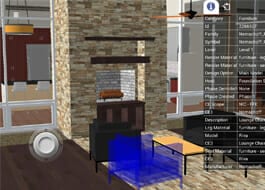
One thing that Fuzor does for AEC industry professionals is instantly transform Revit or Sketchup models into virtual reality experiences. This is a great tool for construction because greatly speeds up the process to get designs into VR – allowing users to iterate and improve on their designs.
4. Twinmotion
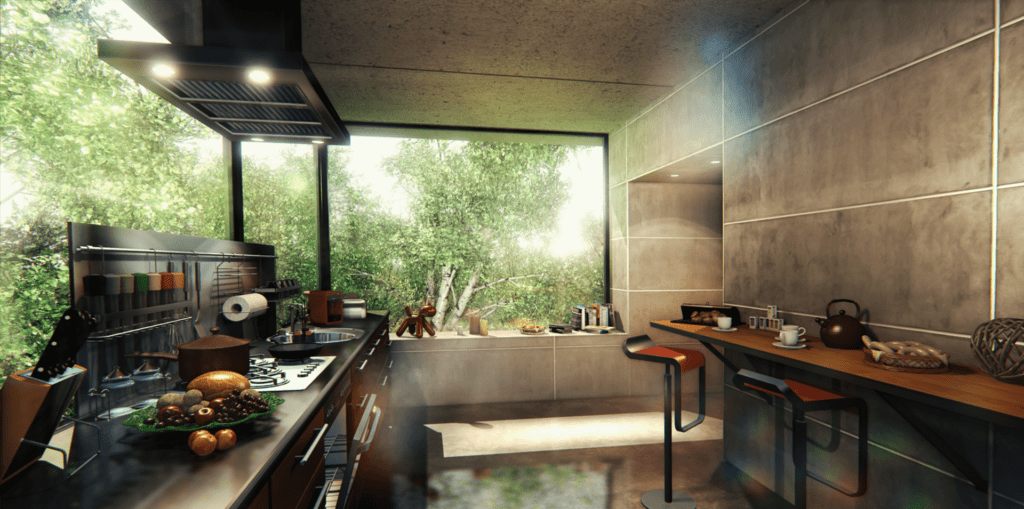
Twinmotion is a powerful and simple visualization engine that takes in various AEC models. Developed for architectural, construction, urban planning and landscaping professionals, regardless of the size and complexity of their project, their equipment, their computer skills or their modeler, Twinmotion is a simple to use tool powered by Unreal Engine that generates amazing graphics in a short amount of time.
5. Oculus Rift
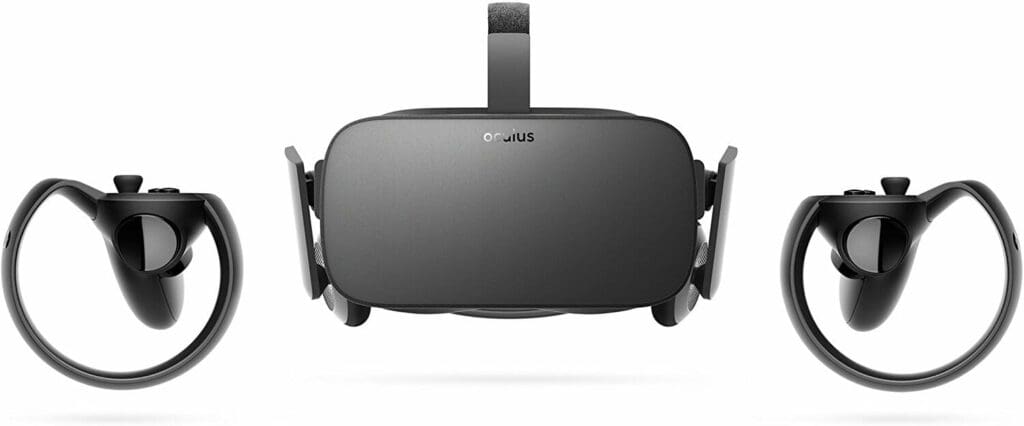
Oculus Rift’s headset is traditionally seen as a tool for gamers. However, in the AEC space, it makes working in virtual environments so much easier. Through the 3D experience combined with motion tracking capabilities, it becomes a lot easier to move around 3D models and look around corners than using a mouse and keyboard. There is no wonder that more and more architecture companies are deciding to experiment with using the Rift technology for visualization and design. Rift allows architects to get a real glimpse of how their buildings will look like and understand the scale, something that is impossible to achieve on a traditional monitor.
6. TPCast
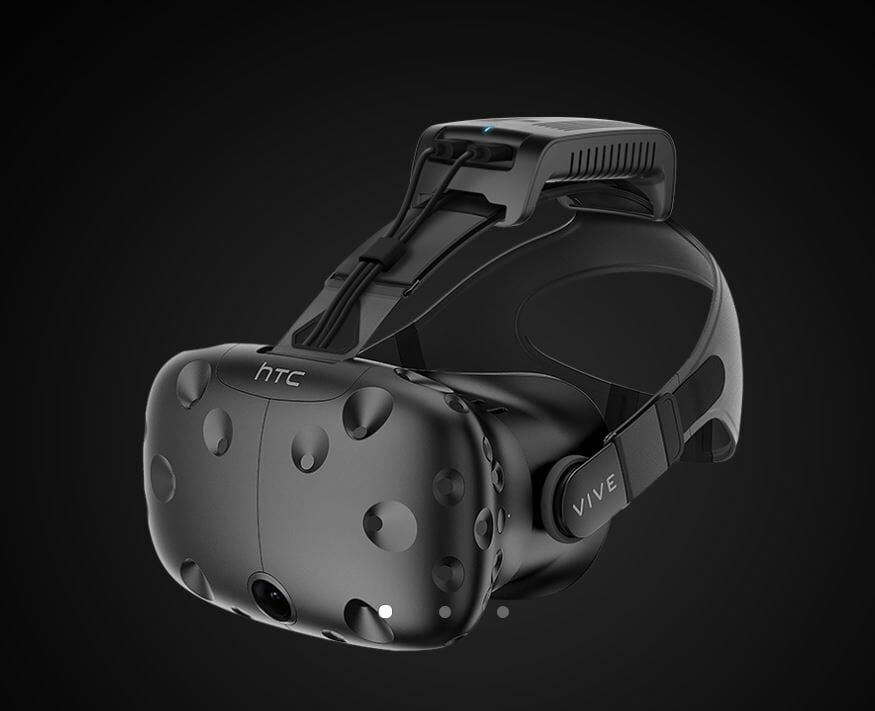
TPCast is an amazing tool that detethers the VR experience. Using an HD transmitter, one can experience a wireless VR experience through the HTC Vive. Imagine being able to run around a large VR environment without the risk of tripping over headset wires!
7. Magic Leap
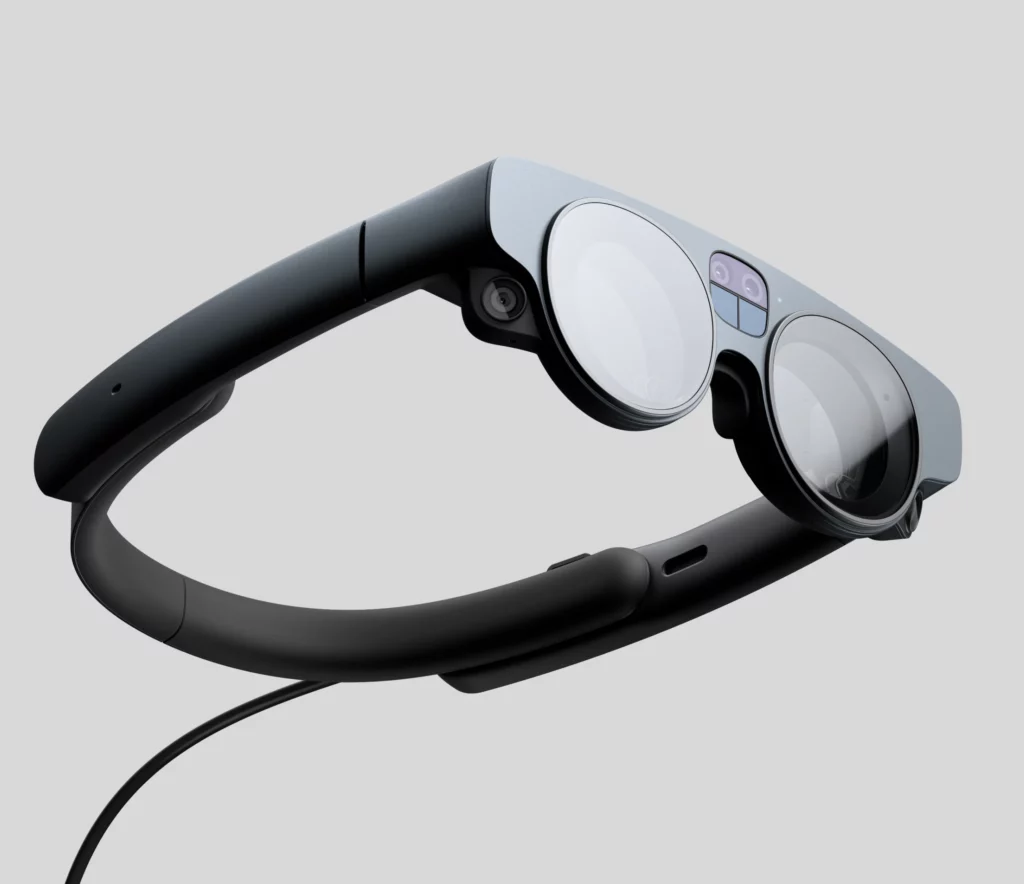
Translating CAD or BIM models into virtual reality experiences used to take considerable time and programming know how. With the advent of the Unity gaming engine, bringing Revit/3D models into a virtual reality space becomes much easier. Now, any AEC professional can take their Revit model, bring it into Unity, and create a VR experience. With a bit of programming knowledge, the VR models can also be heavily customized. This powerful, intuitive and flexible tool ensures rapid iteration and fluid workflow, thus allowing engineers and architects to create stunning, interactive walkthroughs and provide clients with a realistic sense of how it would feel like to actually live in the simulated environment.
8. Hologens
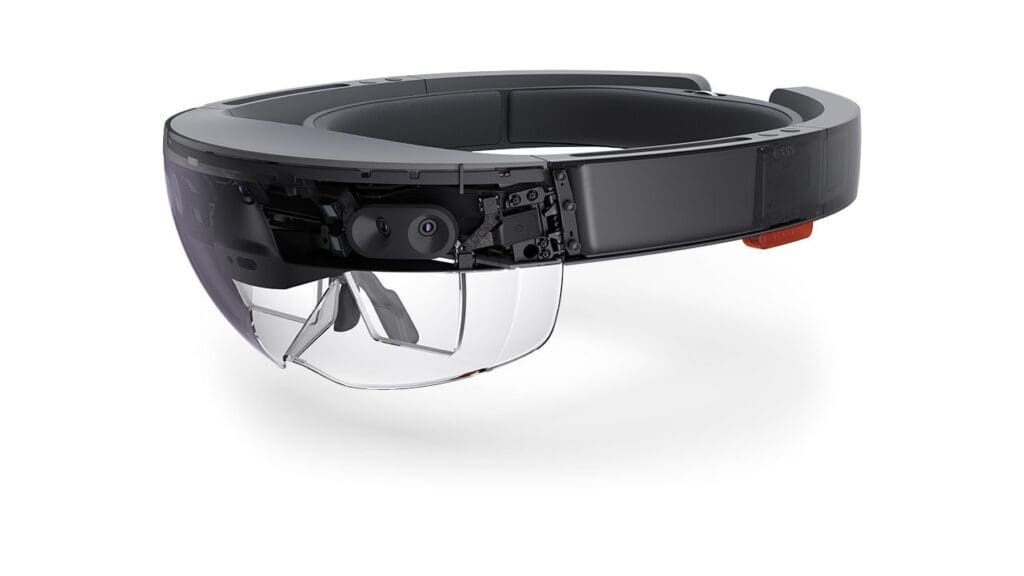
Microsoft’s HoloLens is still in its development stage, but its conceptual release has already introduced various ways in which this technology can be applied to different industries. The HoloLens utilizes augmented reality to create three dimensional objects within a real space (versus virtual reality, which focuses on a full virtual experience) through the use of light to create holographic images. It’s also the first holographic computer running Windows 10, and is completely untethered – no wires, phones, or connection to a PC needed. It delivers a mixed reality of both our digital and our real world, allowing us to pin holograms in our physical environment. With Microsoft HoloLens, holographic computing becomes possible, enabling us to visualize and work with digital content naturally, as if it were part of our real world. For the AEC segment, this device is able to extend the interaction with 3D models beyond those provided by 2D computer screens, creating new ways to visualize and manage change on complex projects.
9. Kinect
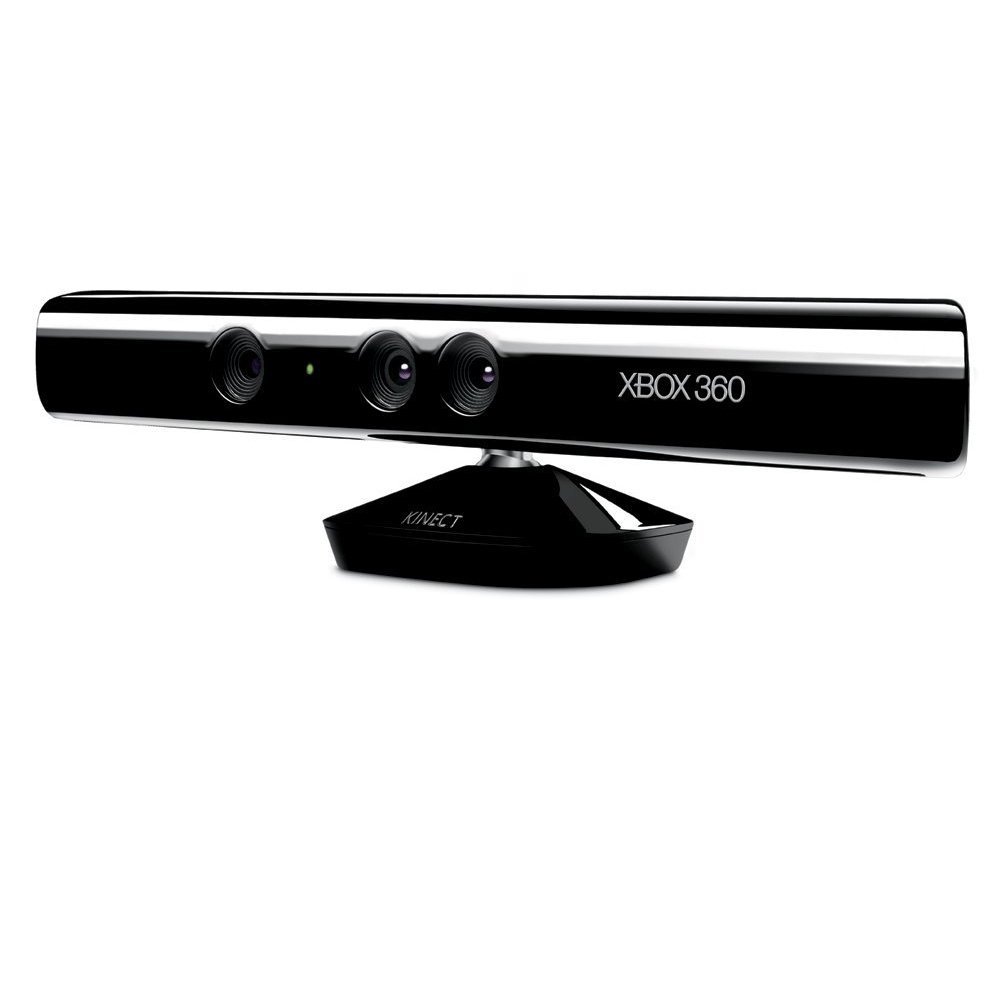
The popular Kinect is a device that is part of the Xbox 360 and Xbox One Gaming consoles, but developers have pushed this technology onto other applications aside from gaming. The Kinect uses an RGB camera, depth sensor, and microphone to capture motion and sound within its depth of view. The advantage of the Kinect technology is its ability to not only recognize people and their gestures, but multiple people at the same time. The only limitation is how many people you can fit into its field of view without any obstructions.There is no wonder that businesses worldwide – including the AEC industry – use Kinect in creative and innovative ways to address challenge and enhance the client experience. This technology allows customers to naturally interact with products before they purchase, thus allowing retailers to create a deeper engagement with their prospective clients.
10. VRSCA
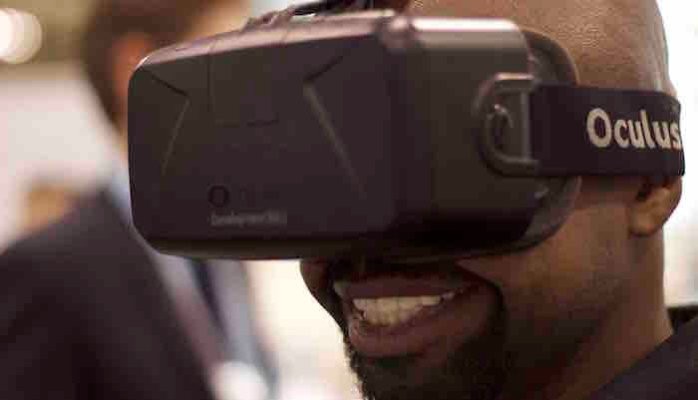
VRSCA is a powerhouse engine that allows you to navigate up to eight people, wearing VR headsets such as the Oculus Rift, through a virtual environment at the same time. Most computers are not equipped to handle the massive volume of data contained in a typical VR simulation file. A high performance laptop computer can process the data necessary to simulate a 25,000 square-foot building at a frequency of 25 frames per second. By contrast, VRSCA processes the same model at 80 frames per second. A 100,000-square-foot model with defined interior and dynamic lighting would crash the average high-powered computer. VRSCA, on the other hand, runs the simulation with ease, without lag or overheating. Architects and engineers can simultaneously navigate up to four clients through a virtual environment and, at the same time, remotely host up to 32 viewers. With this technology, 3D models are easily converted into stunning VR simulations.
11. Leap Motion
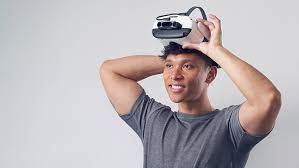
The Leap Motion Controller is a motion-sensing device that allows users to see their hands in virtual reality and augmented reality. What’s more, the controller can be easily plugged into the USB ports of any Mac or PC. The technology converts hand and finger movements into 3D input with sub-millimeter accuracy, virtually no latency, and without gloves or other handheld accessories. Users are able to naturally interact with virtual objects, just as they would do in the real world. Due to Leap Motion’s capabilities, users are able to use their hands to move objects, create shapes, pan, zoom, or easily perform any other gesture-controlled function. Leap Motion has been designed to work with Autodesk 3-D products, including AutoCAD, Revit, Maya, or 3-D Studio Max. A developer’s kit is available to be used in the integration of this device into various applications, such as 3D Modeling or AR/VR.
12. 3Dio
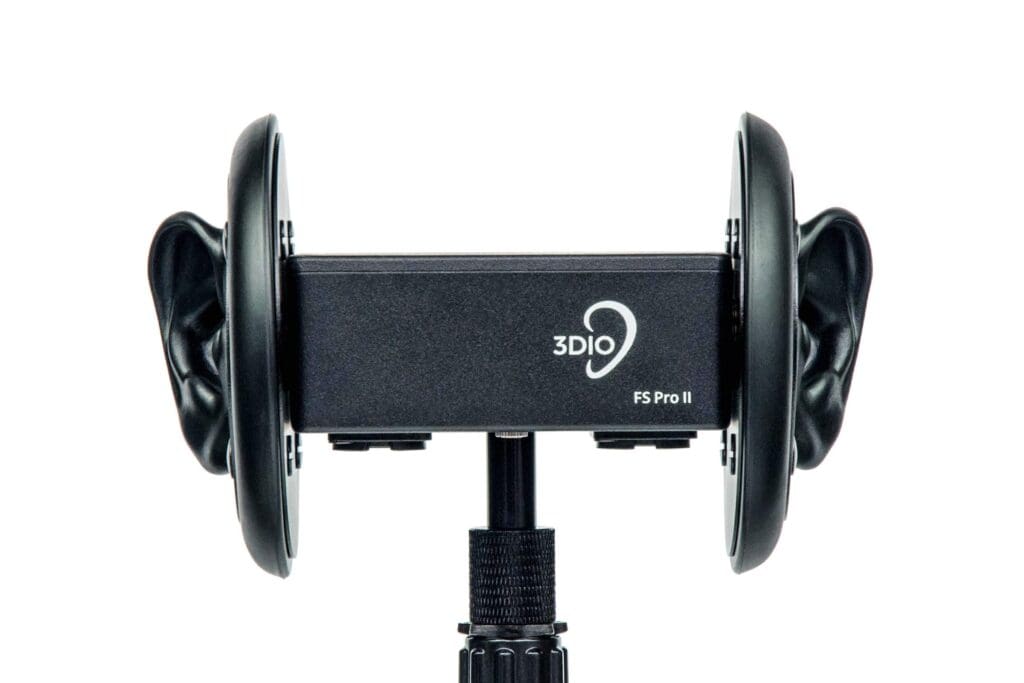
In a world where global teams are increasingly prevalent, the researchers at Stanford CIFE have created a virtual meeting place solution, sure to be a breakthrough in the AEC industry. 3Dio is a virtual immersive environment, drawing from the idea of an obeya, the Japanese term for a big room or war room. Imagine WebEx meets Second Life and you have 3Dio – a refreshing change for anyone who has sat in an excruciating long, mismanaged, and boring BIM coordination meeting. This technology is still in the early creation stages, but anything that comes out of Stanford CIFE is worth keeping an eye on.
13. Google Daydream
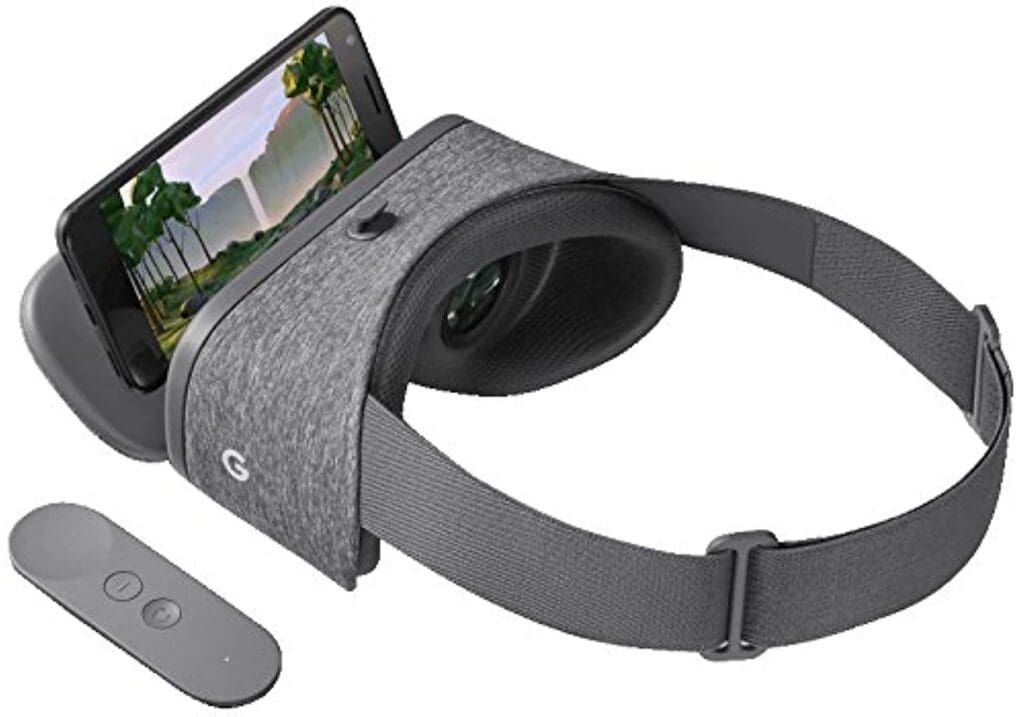
With a VR headset and intuitive and expressive controller, Google Daydream uses a specialized smartphone to explore virtual spaces, play games, and watch films. AEC professionals can use this technology to improve design critique, quality control, and client communications without misinterpretations. It stands apart from the competition in that it has its own remote and relies on smartphones instead of desktop computers.
14. Myo
Myo is a wearable armband device that allows the user to use gestures to wirelessly control technology. Combining a set of EMG (electromyographic) sensors able to sense the electrical activity in the wearer’s forearm muscles, a gyroscope, an accelerometer, and a magnetometer, this device is able to read muscle activity, allowing the user to control software using gestures and motion. For instance, Myo allows you to easily navigate through slideshows by simply using gesture controls such as tapping fingers together, opening and closing the fist, or waving the hand. This device could be used on construction sites, in laboratories, or even at the office to control robotics, equipment, presentations, and more.
15. RealD 3D Glasses
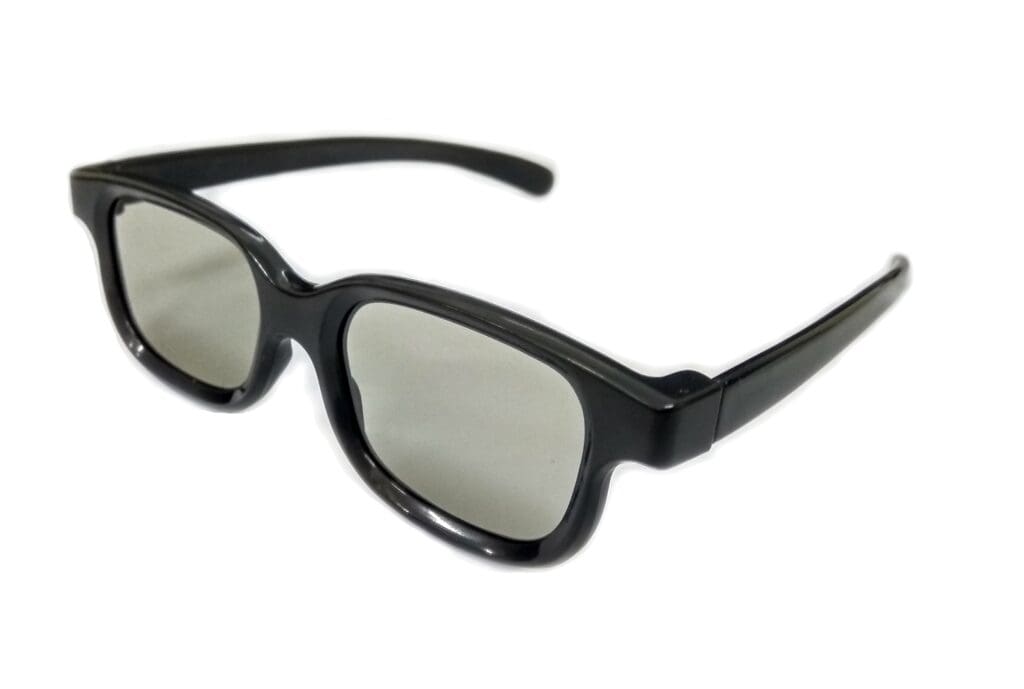
RealD 3D is a digital projection technology, most commonly used for watching 3D films in movie theaters. RealD 3D glasses are polarized lenses that are worn by the audience so that they can view the 3D images being projected onto the screen. Circularly polarized glasses come with oppositely polarized lenses, thus ensuring that each eye can see solely its designated frame. Just as with any movie, the AEC industry can make use of this technology to immerse its viewers in a themed environment.
16. Samsung Gear VR
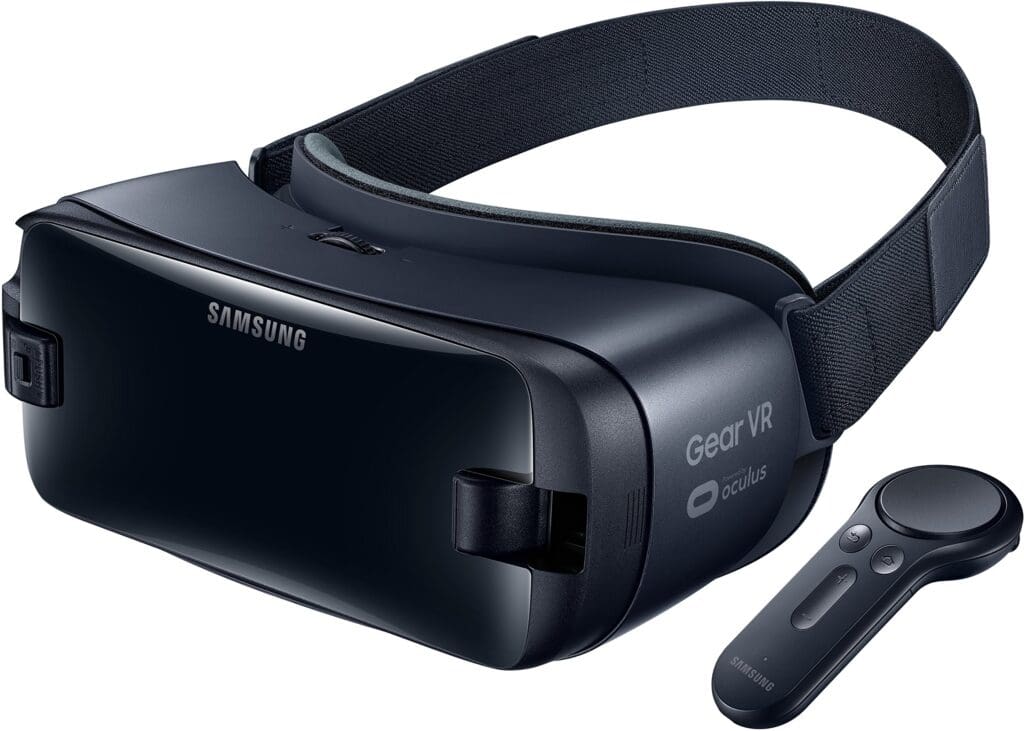
Virtual reality is such a hot topic right now that all hardware giants need their play in this space. Samsung is collaborating with Oculus to create a mobile VR solution utilizing Samsung’s smart phone. Because, honestly, if the user is really to feel like they are immersed in a virtual environment and experience supreme comfort, they should not be constrained by a 2 ft. cord to their computer. Samsung’s Gear VR promises to deliver bigger fields of view, alongside smoother images, reflection prevention, and low light leakage. The completely flat touchpad ensures convenient control and precision. Due to its capabilities and portability, Samsung Gear VR is ideal for architectural use.
17. Playstation VR
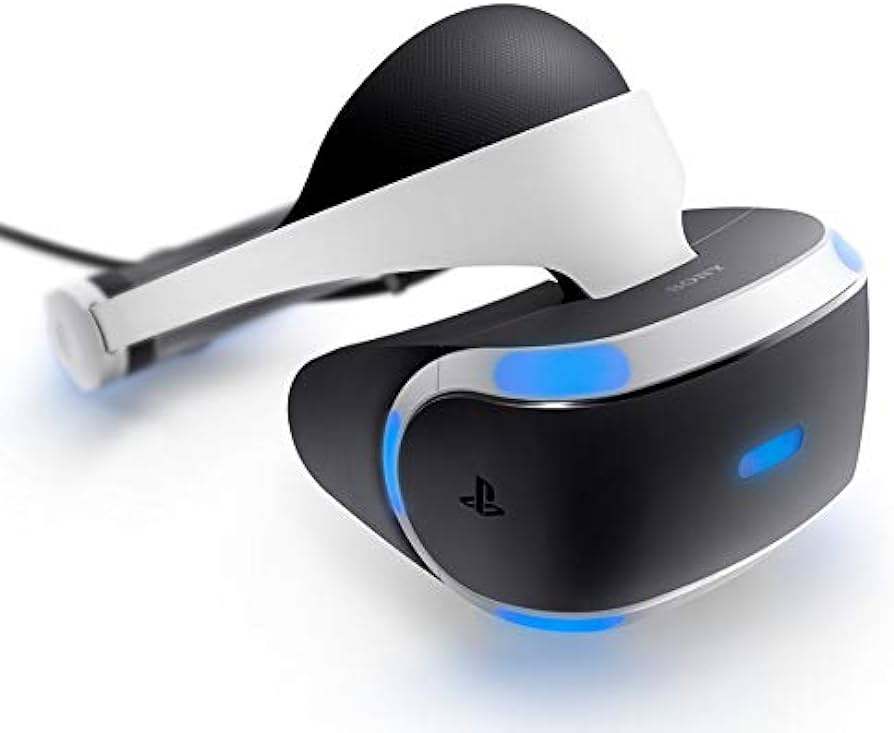
PlayStation VR has been one of the leading platforms in 2016 because of its relatively low cost and easy integration. Unlike other VR displays, the PS VR display uses full red, green, and blue sub-pixels to produce a full color pixel; however, bright light sources should be eliminated for optimal functioning. The PlayStation VR headset is also designed to be comfortable, balanced, and adjustable, making it easy to wear at job sites.
18. Avegant Glyph

Avegant Glyph’s new virtual retinal display device takes the experience of watching a video, playing a game, or viewing images to a whole new level. With an array of 2 million micromirrors that project a complete fill-in image as opposed to today’s pixilated images, the Glyph creates a vivid and realistic viewing of whatever content you are being immersed in. Being marketed as wearable headphones that convert the headpiece to a sleek goggle for viewing, the Avegant Glyph is also compatible with all types of media using a simple plug-in chord. While VR headsets like the Oculus Rift are designed to shut out the world around you, creating an illusion of being somewhere else, the Glyph lets you look above and below the visor to get a sense of what’s going on around you. On the plus side, it lets you do things like sip drinks and read text messages without taking off the headset. On the downside, it isn’t nearly as immersive as the Rift, and is designed more for viewing stationary, single-pane content, like you would on any other screen.
19. Zeiss VR One
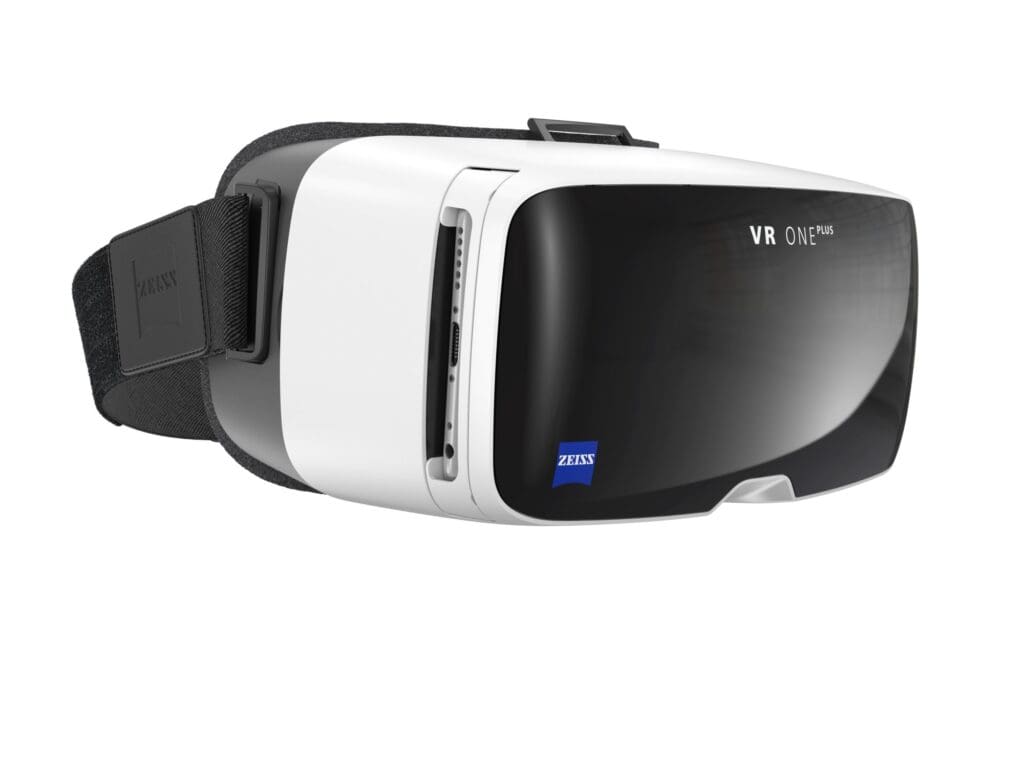
The VR One is a head-mounted viewer for the virtual reality content that is playing on your phone. The viewer is already available for consumers and works with Android smartphones and the iPhone 6. You feed the phones into a slot on the VR One using a tray specifically designed for exact positioning of the display in front of the lenses. The optic is designed in a way that users always see a clear and sharp picture all over the screen even when the glasses are not positioned perfectly on the head. And eye glass users can use the VR ONE above their glasses. It is similar to the Gear VR by Samsung and Oculus, except for its cheaper price. Due to its portability and lightweight design, Zeiss VR One is the ideal companion for augmented reality or videos and games.
20. Olorama
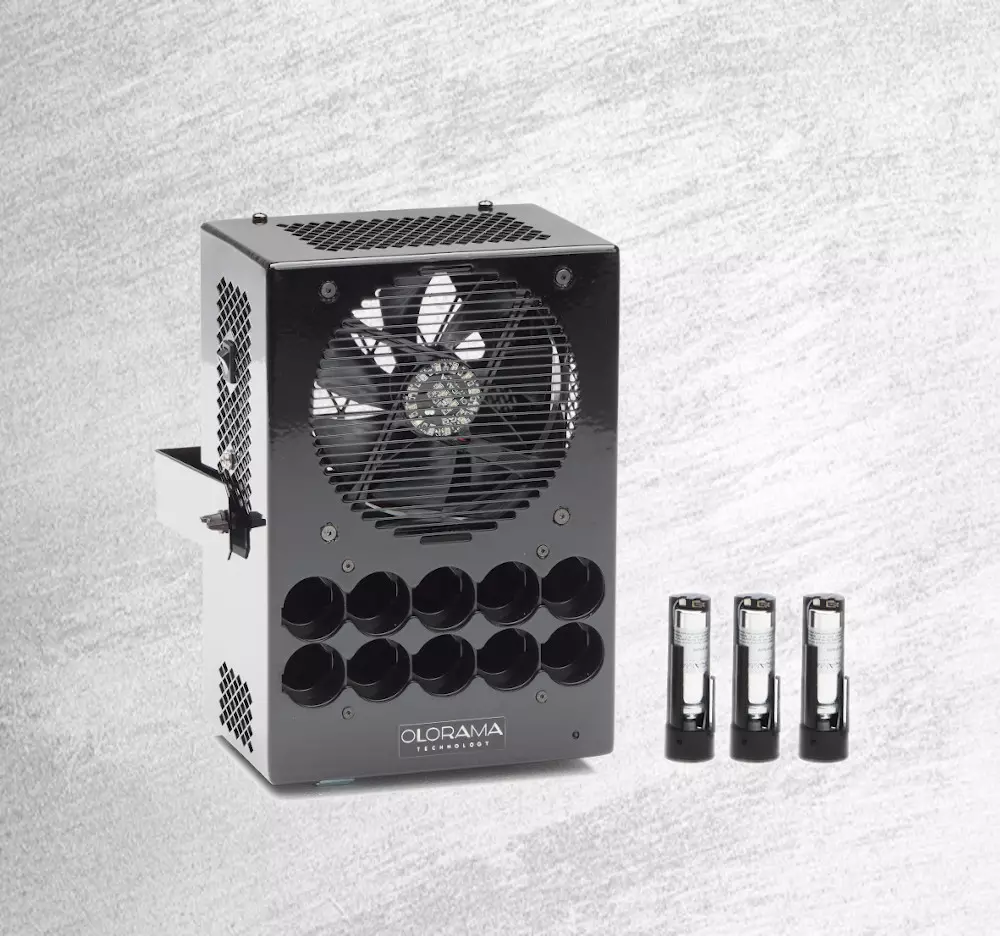
Olorama offers digital scent technology that incorporates smells into virtual reality and augmented reality experiences. It’s largely pitched at the film and museum industries but also has applications for those who work in AEC. Scents have the power to make us feel nostalgic, safe, invigorated, and comfortable. With essential oils and natural extracts, building companies can create realistic sensations and customized emotions for clients, tenants, and guests.
21. Arup Soundlab
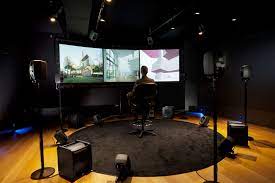
When someone thinks of 3D technology, people usually only consider the visual experience. But why not consider the audio part as well? The folks at Arup came up with a 3D sound lab to simulate sounds in the built environment. A visit to their lab allows you to experience the audio being optimized at a New York subway station in order to ensure that all the announcements will be heard clearly all across the platform. Their aim is to allow people to hear – even from the design stage – how a planned wind farm or high-speed rail will sound like when completed. Combining visualizations with sound simulations is a powerful tool that can allow engineers and architects to bring sound into context.
22. Touchable Holograms
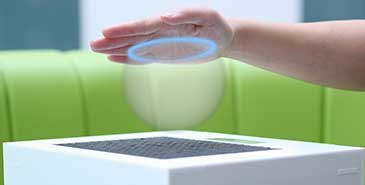
Thanks to clever engineering by the research team at Bristol University, virtual reality should expand beyond sight and sound to “touch” as well. Can you imagine being able to feel different interior textures and choosing the right “texture” for your project? What this technology means is that holograms are now able to move away from 2D surfaces and enter a limitless 3D world. What’s more, since these holograms are touchable, they acquire an interactive dimension. With this technology, one will no longer need heavy binders of showroom material – a simple holographic projection should do the trick!
23. CAVE2

This large-scale VR environment is a hybrid system able to combine the benefits of both VR systems and scalable-resolution display walls, thus creating a seamless 2D/3D environment that supports both VR simulation and information-rich analysis. Its resolution matches human visual acuity. CAVE2 merges all the major benefits of OptIPortal and CAVE into a unified environment. While the CAVE technology immerses people into those worlds that are too large, too small, too complex, or too remote to be viewed otherwise, OptIPortal is able to create a virtual “project room” that allows people to display large images, simultaneously juxtapose information, or infer and see relationships among the data.
24. CURV
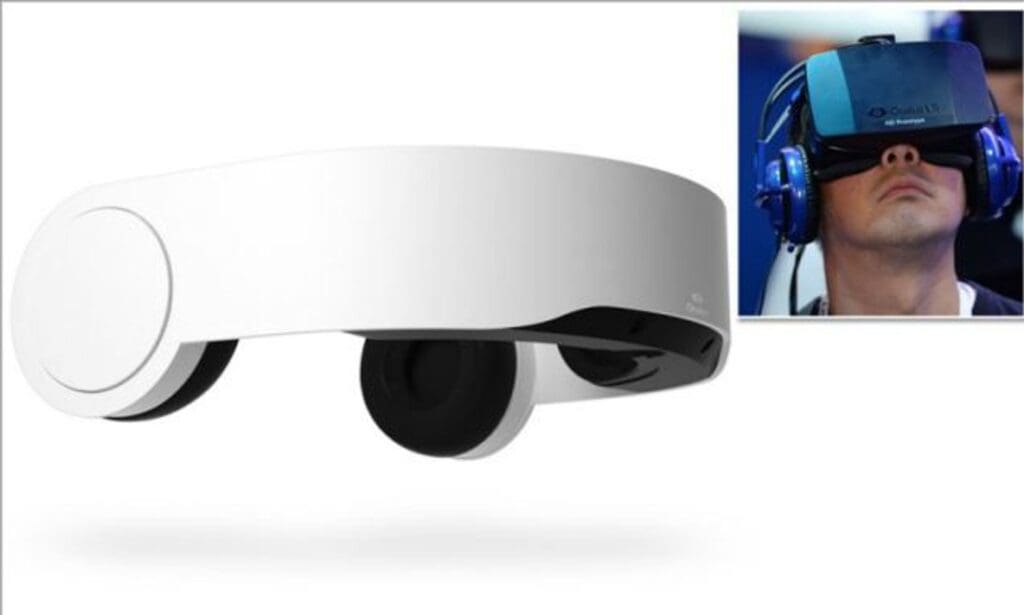
The CURV technology brings virtual reality to immersive walkthroughs. We are talking about a wrap-around imaging solution able to display environments across large areas. This works well with teams who want to collaborate and work in the same virtual space. The fact that the curved-screen system can fill the peripheral view and provide a more immersive feel makes CURV the ideal tool for interactive research, virtual walkthroughs, or other applications that require wide fields of view.
25. DAQRI Smart Helmet
DAQRI’s smart hard-hat seems quite similar to what Google Glass and Microsoft HoloLens are able to do, but for industrial applications. Using 360-degree navigation cameras, a high-resolution depth sensor, and an inertial measurement tool, the hard-hat creates an augmented reality experience to help people on the jobsite complete their jobs faster and more accurately. The DAQRI Smart Helmet™ is able to deliver real-time data directly to the user, thus enabling him/her to understand and visualize the world in a way never before imagined. It would be interesting to see how this develops with HoloLens coming out in the near future.
26. HTC Vive
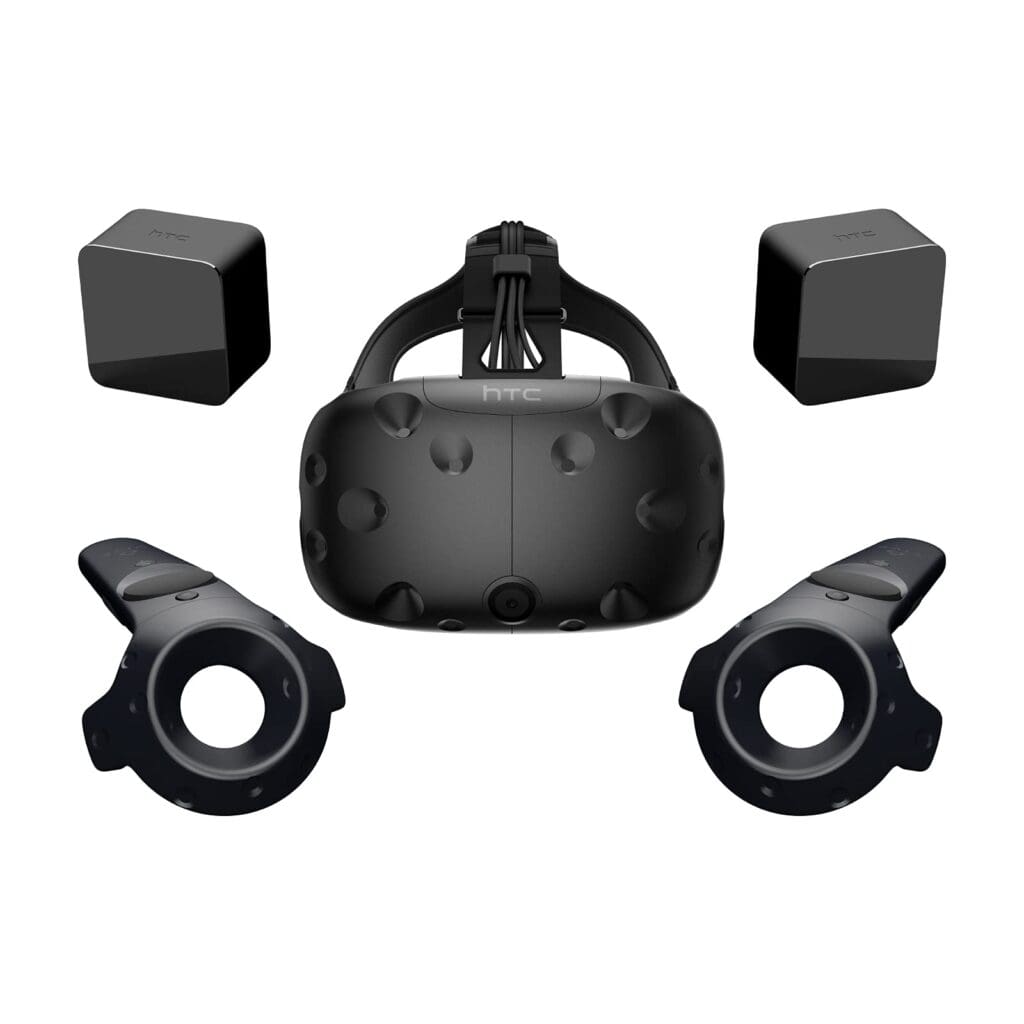
Using room scale VR, HTC Vive allows those in the AEC industry to experience “walkable” VR with tracking and 360˚ coverage. Wireless controllers are used to simulate natural interactions in a 3D environment with an impressive sense of scale, depth, and space. To “walk” around a building, the trackable area is about 5 meters by 5 meters, and the headset is tracked by base stations mounted on walls or tripods.
27. Google Cardboard
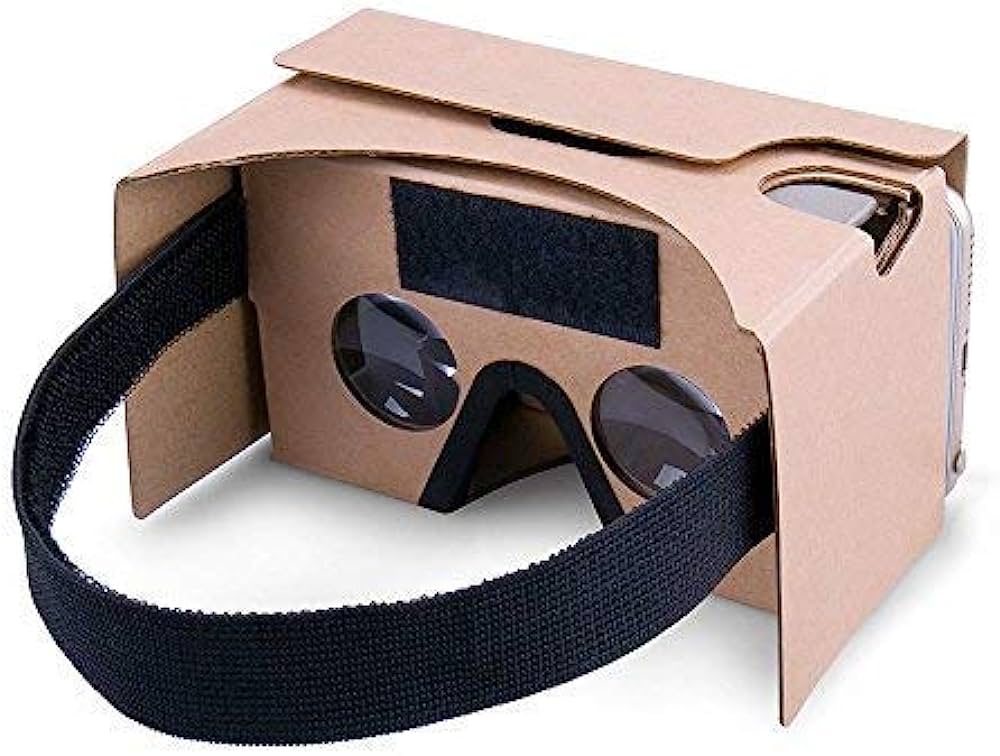
For struggling AEC professionals who aren’t able to afford an Oculus Headset, Google Cardboard may be just what they need. The Cardboard consists of a folded cardboard holder with lenses. Through pairing Google Cardboard with a compatible smart phone, one can experience “3D models” in a similar way to the Oculus Headset. This hardware uses the phone’s display and also relies on the internal rotational tracking sensors of the phone. Though it is rather limited to static pre-rendered views and relatively small environments, Google Cardboard is an efficient gateway to more expensive VR. What’s more, it is portable and can be customized.
28. IrisVR
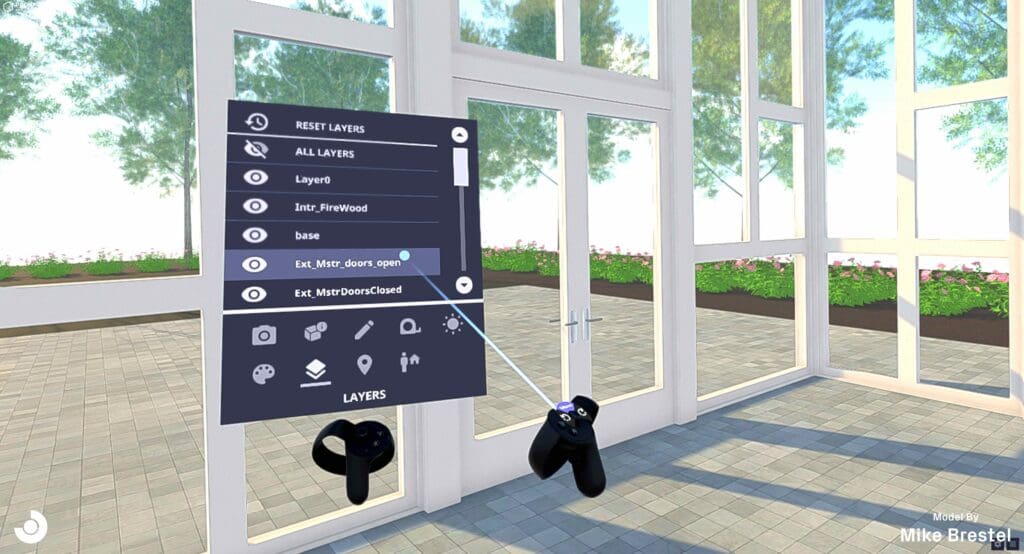
Prospect by IrisVR provides immersive design review and collaboration software for AEC. The product is used by design firms, BIM and VDC teams, and engineers to make faster and better design decisions at 1:1 scale. Additionally, the Multiuser Meetings functionality allows teams and clients to regularly collaborate in VR from anywhere in the world. Because IrisVR integrates with Revit, Rhino, SketchUp, and other 3D tools out of the box, it only takes a few seconds to go from complex BIM to VR.
29. Sixense MakeVR
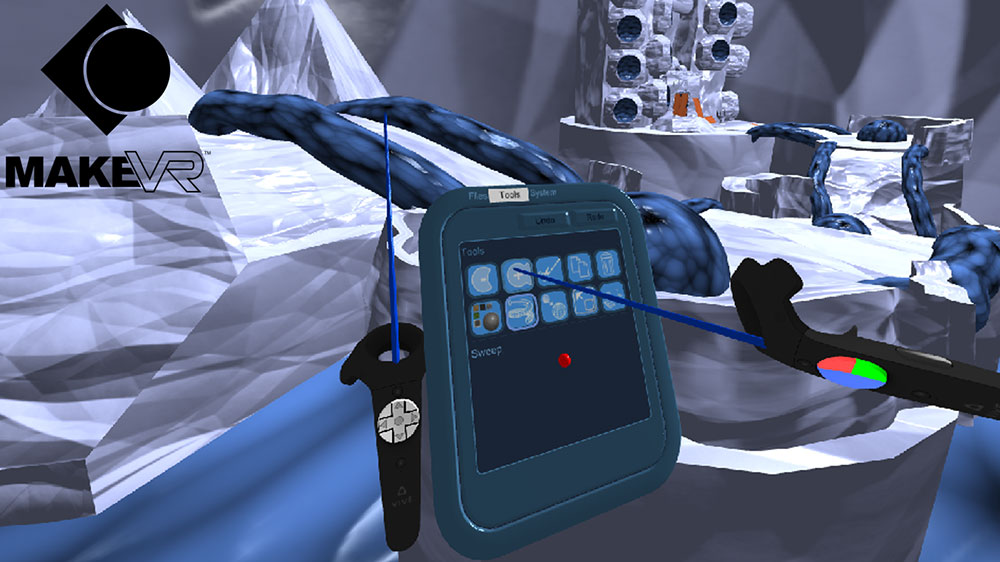
Sixense’s MakeVR is a software application aimed at making 3D modeling easy for those looking to 3D model objects with no prior knowledge of modeling software and CAD drafting. Sixense couples their software with a 3D multi-touch interface that would replace the traditional mouse in the modeling process. This interface, similar to holding two wireless joysticks, utilizes a motion tracking system to enable a 3-dimension space to model off of. MakeVR’s 3D multi-touch allows users to use their hands to naturally interact with the virtual world. Imagine the possibility to physically get into a 3D scene and grab and modify CAD-based solid models exactly the way you manipulate objects in the real world. Or imagine that, by simply clicking a button, you can send your creations to a local 3D printer and bring it into the real world.
30. Project Morpheus
The Project Morpheus VR headset revealed by Sony is plenty tangible. It includes a 1080p display, 90-degree field of view and uses the PlayStation Eye camera and PlayStation Move controller to place the player within a virtual environment they see and interact with. PlayStation VR is able to simultaneously render two different images: an image for television and a completely different display for the headset. The television may either mirror the picture that has been displayed on the headset, or it may display a different image for cooperative or competitive gameplay. The headset uses the binaural 3D audio.
31. Virtuix Omni
The current limitation of many virtual reality devices is the physical constraints of the space around them. Many virtual reality gears such as the Oculus Rift are tied down by wires, while other devices, such as the Google Cardboard, are limited by the physical walls we are occupying. Virtuix Omni aims to resolve this issue through its technology, which consists of a platform in which the user can be harnessed onto. The platform tracks the user’s movements and allows the user to freely walk or even run through their virtual space without bumping into objects within the physical world. The Omni makes use of inertial sensors to track the position of a person, the length of his/her stride, and how fast he/she is moving. This active VR motion platform engages the entire body and provides an unprecedented sense of immersion.
32. Steam

Steam is an online entertainment platform and community that provides access to over 3500 games. SteamVR was just released, which is a full featured 360-degree room-scale VR experience comprised of an HTC Vive headset and two wand-shaped controllers. The tracking system is precise and fast and can be used to map a room’s boundaries, which can be included in the VR experience. The controllers make use of haptic thumb-pads, which can be split into directional inputs or a number of “buttons.” In the near future, Steam could be used to host AEC content/environments for SteamVR.
33. EON Icube
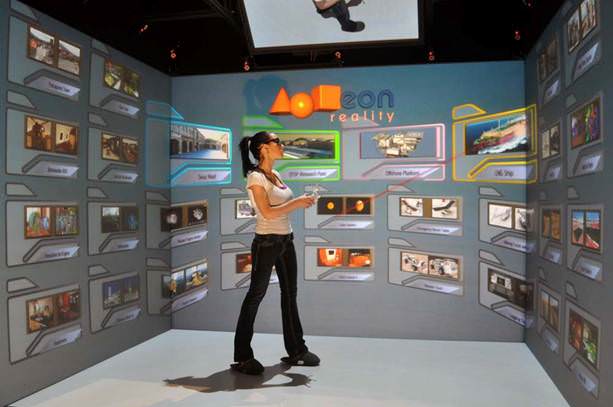
The EON Icube is a PC-based augmented reality environment. It is a multi-walled system where the user is completely surrounded by images and sound. Easy to use, the EON Icube uses light-enhancing rigid wall material, provides users with an impressive speed of immersive content creation and deployment, and has built-in collaborative capabilities. EON Icube is compatible with most Virtual Reality peripherals, such as data-gloves, Xbox controllers, joysticks, or motion-tracking systems. Eon maintains a virtual reality library that already has many sample AEC environments built.
34. Meta Glasses
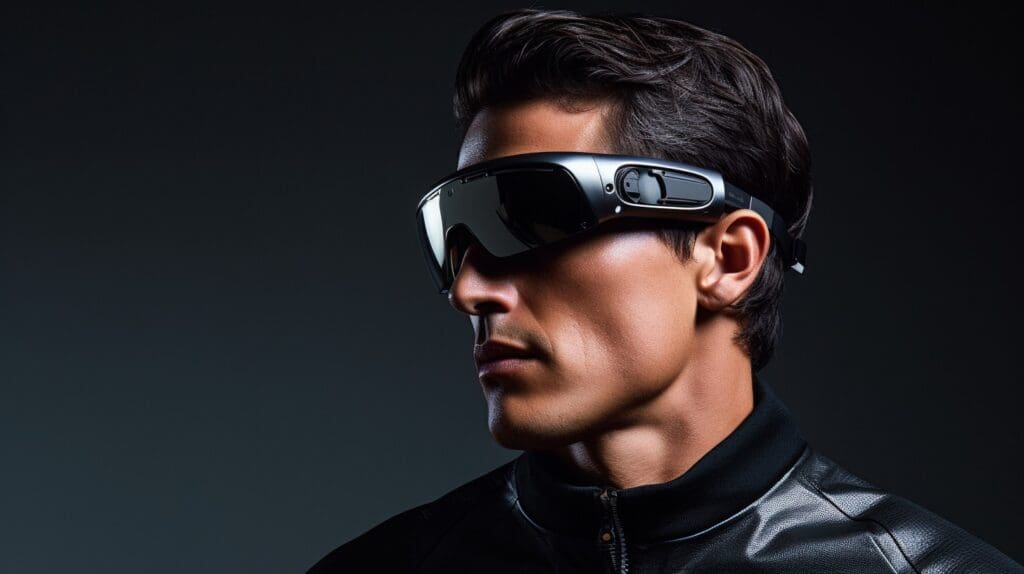
Meta glasses offer a different experience than a VR headset because the glasses display digital content as a layer over your real physical surroundings. These devices could easily replace our smartphones in the future, and more than 1,000 developers and companies are already using Meta. AEC professionals can add an interactive layer of 3D content to their surroundings in a building to digitally test different features and options.
35. Nimble VR
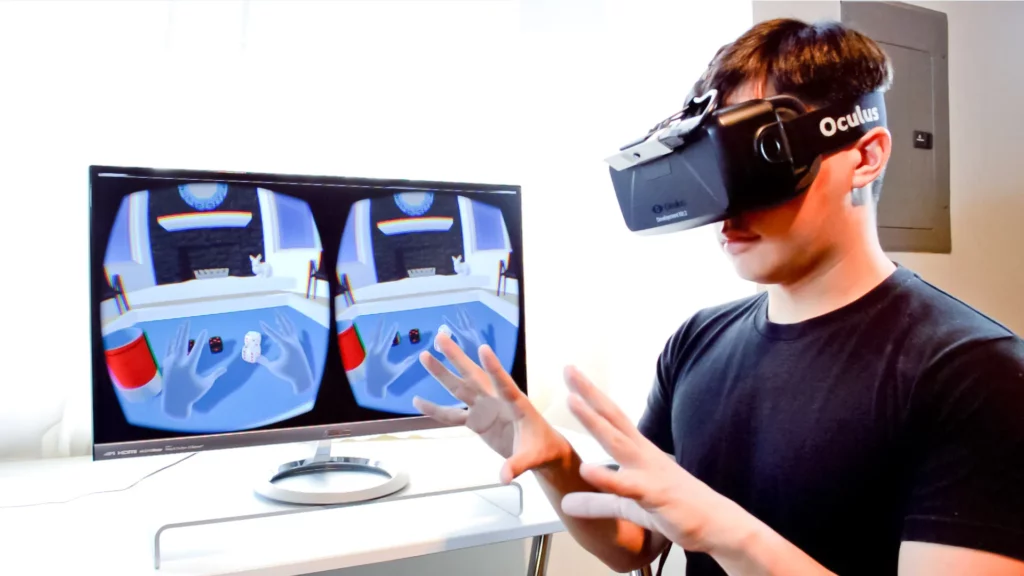
Nimble VR is developing hand-tracking devices for virtual reality platforms, and has now joined forces with Oculus in an attempt to create even more realistic and immersive VR experiences. Nimble VR will allow the Oculus environment to be controlled without the necessity of holding or wearing controllers on fingers or hands, using a small camera mounted on the headset. This makes the Oculus more flexible and more natural. The aim of the project is to develop a technology that enables users to interact with virtual surroundings using their hands and fingers.
36. Binaural Audio
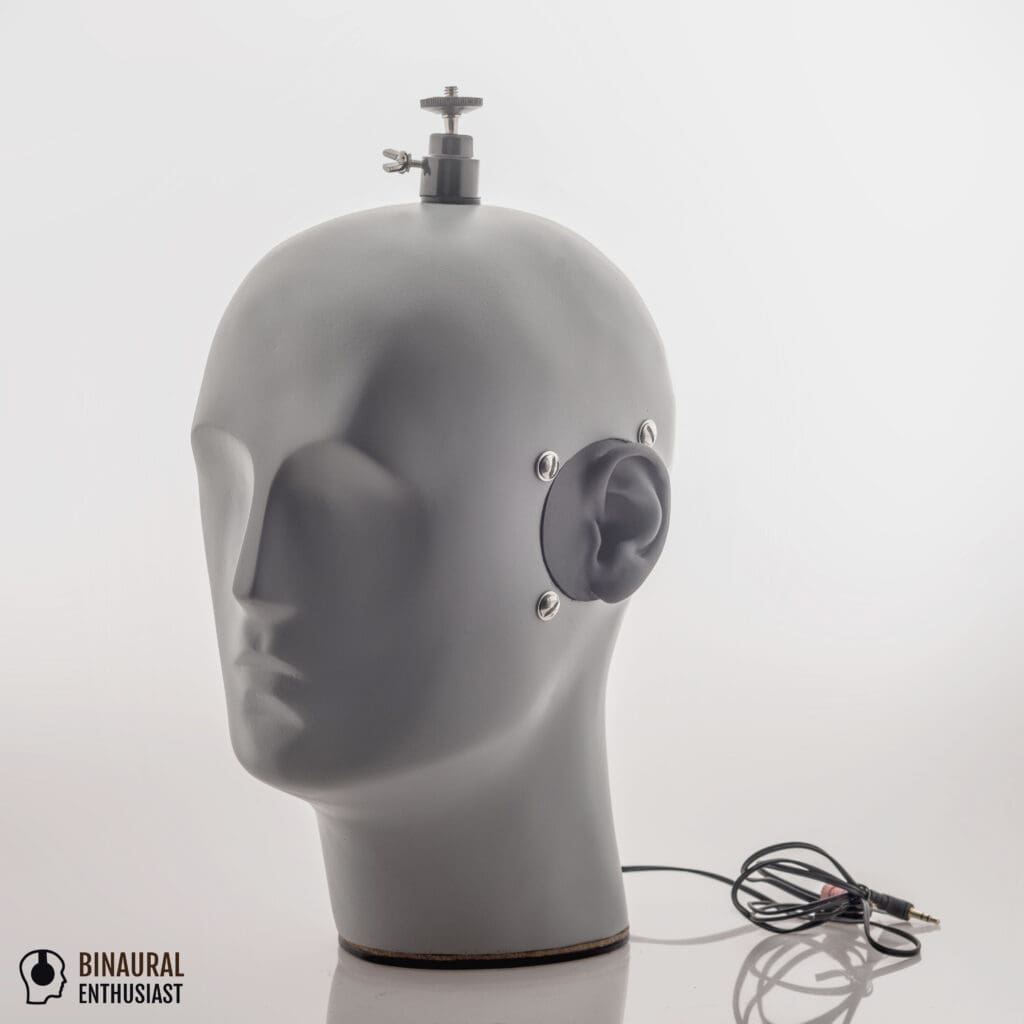
Binaural recordings record audio in the same way humans hear them. When one listens to a binaural recording through his/her headphones, he/she perceives distinct and genuine 360° sound. Once recorded, the immersive effects can be enjoyed with a set of headphones that can provide good left and right channel isolation. However, headset manufacturers and headphone amplifier companies have created special units for the playback of binaural. Oftentimes, we forget about “audio” in a VR space, but buildings and infrastructure all have sounds that need to be experienced in the virtual world. Think about passenger announcements, mechanical room noise, alarms, and HVAC.
37. Roto
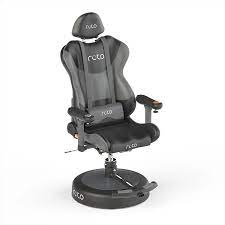
Roto is an interactive virtual reality chair that allows individuals to explore in various directions and discover the gravitational presence in a VR environment. Roto has been specifically designed for all HMDs: PlayStation VR (PSVR), Oculus VR, HTC Vive Pre, Google Cardboard, Samsung Gear VR, and OSVR. Instead of just using your head to navigate around a space, the motorized chair allows one to rotate and turn around a VR environment. This feature makes it perfect for coordination meetings or navigating through a space in Navisworks.
38. Google Project Tango
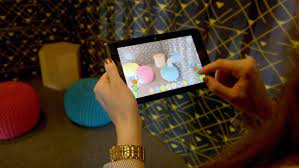
Tango is a platform that makes use of computer vision to enable devices to understand their position regarding the world around them. Project Tango integrates 3D scanning, indoor navigation, and immersive gaming to create a device that seems perfect for the AEC space. The device can actually be used to scan spaces in 3D, track motion, and also process 3D models in a tablet. There is still much work to be done, but this could one day replace expensive 3D laser scanners and help any AEC professional scan built environments without a survey professional.
39. Autodesk LIVE
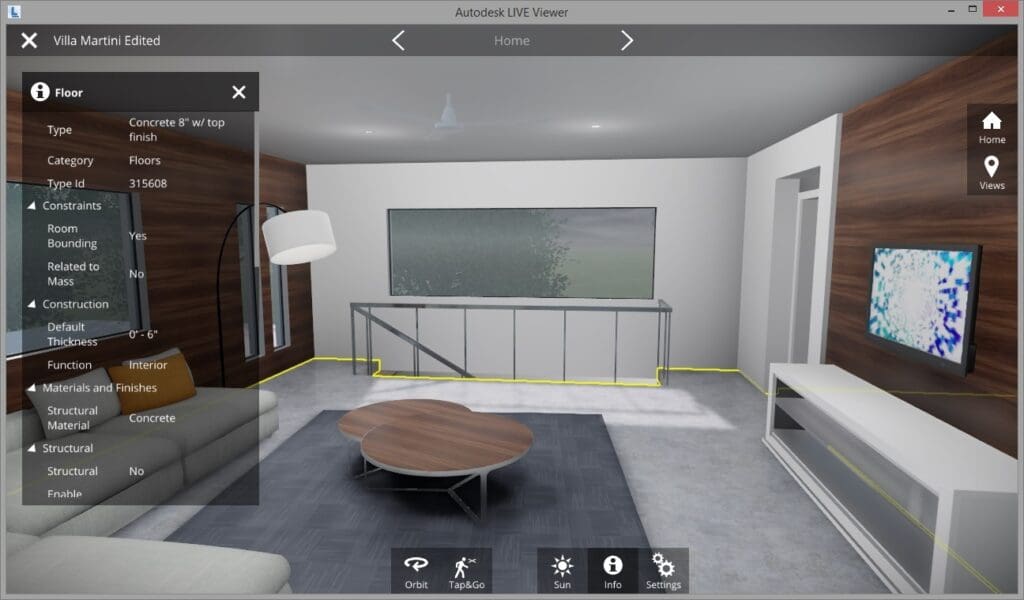
Another Autodesk technology worth mentioning is Autodesk LIVE, which allows users to transform Revit models and step inside their own designs to share and present. AEC professionals can upload BIM models to the cloud with just one click and interactive visualizations that can be published to mobile. This gives clients a better sense of your design early on so changes can be made with minimal disruption or delay.
40. Musion Holograms
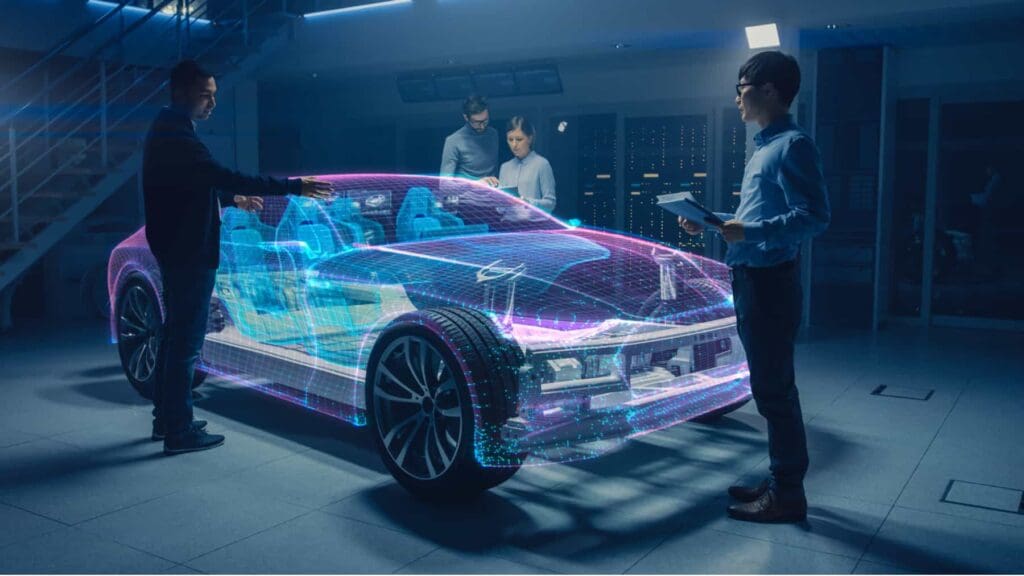
The technology coming out of Musion is about the closest thing you can get to Star Trek’s Beam Me Up Scotty teleportation. From Charles, Prince of Wales, hologram address at the Abu Dhabi’s World Future Energy Summit to a Black Eyed Peas concert at the NRJ awards in France – Musion Holograms has made this a reality. So how does this translate to the AEC industry? Maybe it’s about walking through 3D models in immersive holographic setting can help project stakeholders visualize a project before it is constructed. Maybe it’s just about having some fun with your BIM and seeing Donald Trump in your board room or Michael Jordan in your sports auditorium. The point is that Musion’s imaging systems and 3D technologies create spectacular multi-media presentations using 3D holographic images that are so real that they can hardly be distinguished from the presenters and live performers appearing next to them.
41. Infinadeck
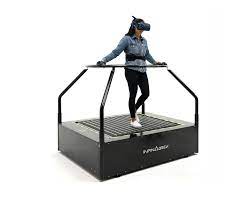
While Infinadeck’s omnidirection treadmill sounds like a safety and insurance nightmare for fitness gyms, it is a dream come true for AEC professionals looking for a better way to walk around virtual and augmented reality models. This is a much better solution to experiencing 3D models than an Xbox controller or the arrow keys on your computer keyboard. The latest prototype presented at CES 2016 boasts half the size of the original treadmill, is twice as quiet and comes with a harness able to detect directional input. Unlike Virtuix Omni or Cyberith, the Infinadeck uses motorized components instead of low-friction, passive surfaces to facilitate movement. For many users, the walking experience is much more realistic.
42. Matterport
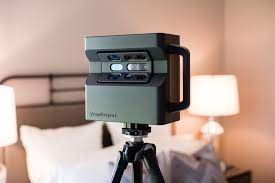
Matterport’s fast and portable Matterport Pro 3D Camera and Capture App for iPad has the ability to scan 1,000 square feet of space in about 30 minutes, creating high-quality immersive 3D models with ease and speed. With no software installation necessary, Matterport’s management and distribution platform for all your 3D models allow you access and organization between you and other team members. With the Matterport Cloud, a viewer from anywhere in the world can explore these 3D spaces from their desktop or mobile devices. As stated on their official website, Matterport is ideal for any industry that uses, modifies, markets, or talks about real-world places.
43. Jaunt VR
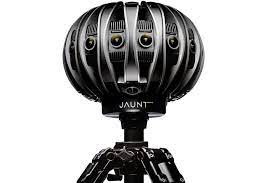
Jaunt’s technology provides creative professionals an end-to-end solution for creating cinematic virtual reality. With a camera system that simultaneously records 3D stereoscopic video in all directions, coupled with 3D sound-field microphones to record sound, the Jaunt technology gives you the ability to reconstruct a complete visual and auditory experience. Compatible with industry-standard software, as well as having cross-platform capabilities for rendering content for the Oculus Rift and other devices, Jaunt’s Virtual Reality technology is setting a new standard for immersive content quality. The binaural mixing creates an audio experience as immersive and impressive as the visual one. With a stunning design to top it all, Jaunt’s camera features high-quality 360-degree capture and custom optics.
44. Boogio
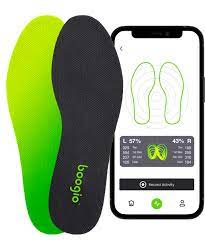
Boogio is definitely the first wearable able to instrument people’s feet! The bionic foot sensors created by Boogio is a set of sensory stickers and tiny computers that activates any shoe to play in mobile and virtual reality games and tracks movement from the ground to help improve physical performance and health. This hands-free approach to technology comes packed with 65,000 layers of sensitivity and accelerometers, which calculate the 3D acceleration of the feet and the gravitational force on the body. The sensors provide real-time data on fundamental biomechanics such as center of balance, ground contact speed, foot strike zone, or gait symmetry, and communicate with iOS, Android, and Windows apps over Bluetooth LE. Perhaps useful for people in the field to track and monitor movements that can be coupled with VR tracking for safety purposes.
45. Razer Hydra
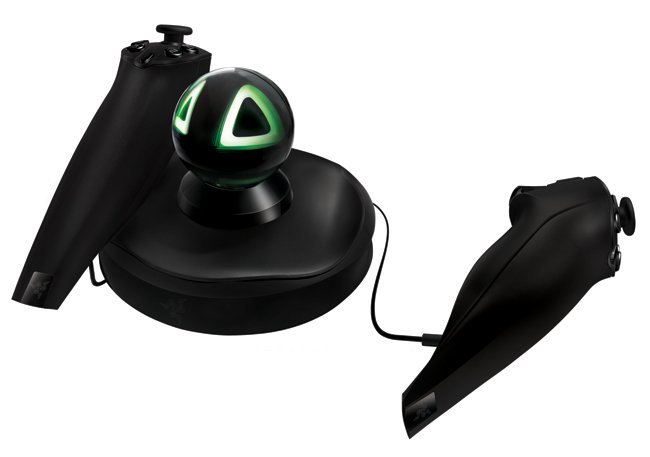
The Razer Hydra, which was previously known as Sixense TrueMotion, is a motion and orientation detection game controller developed by Sixense Entertainment in partnership with Razer USA. With its magnetic motion detector sensors, the Razor Hydra gives the user an unhindered virtual experience. The weak magnetic field detects the absolute orientation and position of the controllers with a precision of 1 mm and 1°. The game controller has also been pre-optimized for use with over 125 PC games. All in all, this gadget boasts total game immersion, unrivalled precision, and an extensive PC games library compatibility.
46. Unigine
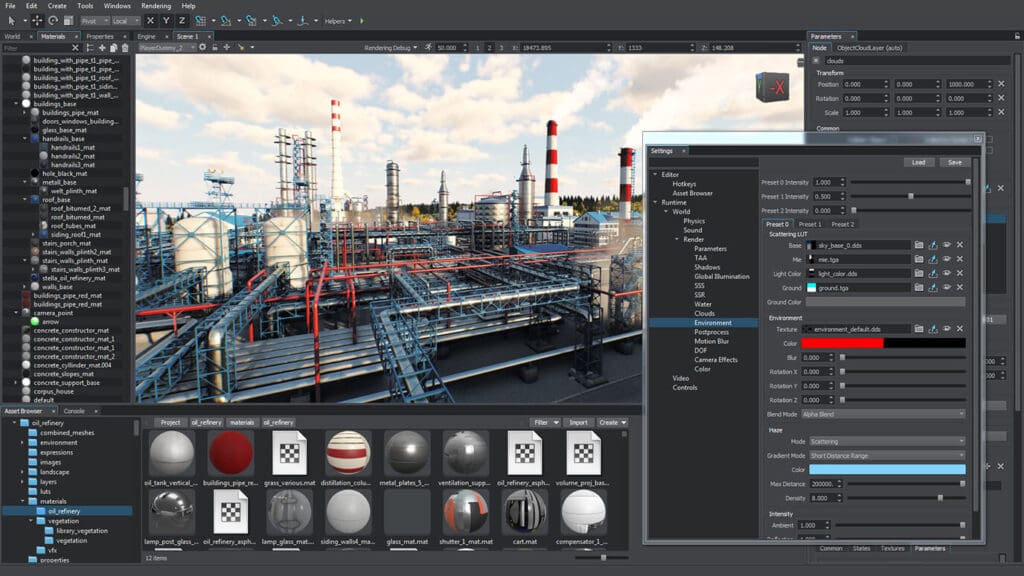
Unigine is a proprietary cross-platform game engine, developed by Russian software company Unigine Corp. Apart from its use as a game engine, it is used for virtual reality systems, serious games, and visualization. Due to its sophisticated lighting and shading models, advanced special effects, accurate atmosphere model, and lifelike post-processing, UNIGINE delivers near-photorealistic 3D assets that make it the ideal tool for multiple industries. Its advanced renderer supports both OpenGL 4.0 and DirectX 11.
47. OSVR
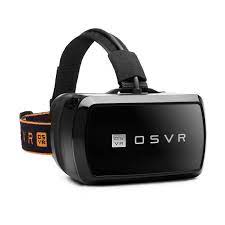
Open Source Virtual Reality, or better known as OSVR, is an ecosystem made to set an open standard for virtual reality input devices, games, and output with the intention of providing the best possible game experience in the VR space. OSVR is supported by industry leaders who are more focused on gaming and brings together gamers worldwide in order to push the boundaries of virtual reality gaming. With the OSVR Hacker Developer Kit and software, you can also build your own or improve upon existing VR-Glass designs.
48. Cyberith Virtualizer

The Cyberith Virtualizer is essentially a device that allows one to move freely and naturally in-place. The flat base plate comes with a low-friction surface that enables the user to walk, run, or strafe freely in any direction. 360° axial rotations and vertical movements such as crouching or jumping are also possible due to its unique ring. The adjustable harness ensures an effortless movement through virtual worlds, allowing the user to kneel or sit down. This should pair well with VR headsets to help one really move freely around modeled spaces.
49. Shapespark
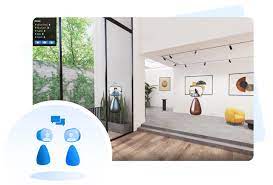
Shapespark enables interior designers and architects to create real-time web-based visualizations with physically accurate lighting – perfect for meetings or presentations with clients. The visualizations can be shared via links, and it supports the Oculus Rift virtual reality headset, providing users with a stereoscopic 3D view. Since Shapespark uses WebGL, a web technology supported by default by all modern operating systems and browsers, visualizations can be comfortably explored directly in the browser, with no plugins required. Unlike static renders, Shapespark allows the viewer to enter and walk around a space freely, examining every detail.
50. Ricoh Theta S
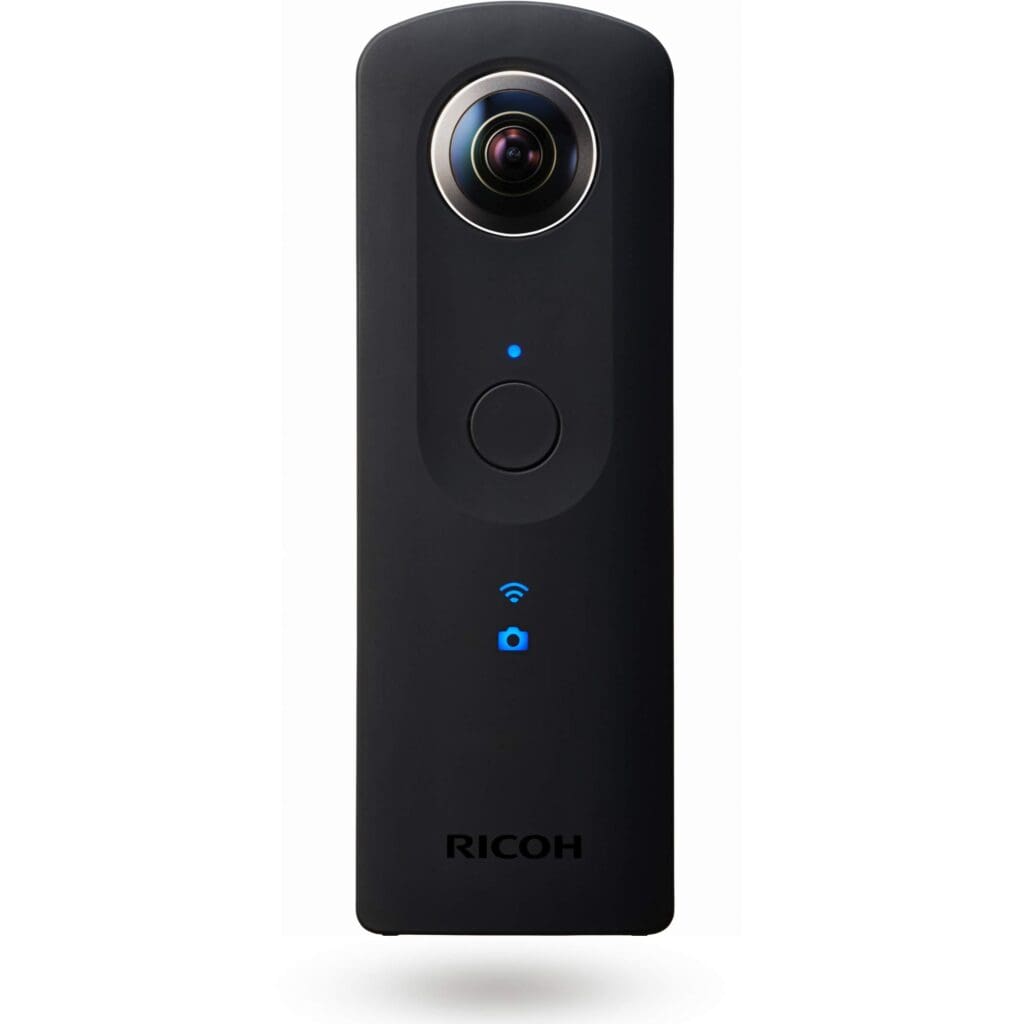
With high resolution and full HD video capture, this technology features a camera that shoots everything in 360 degrees to edit and share, not to mention HD live streaming and live view functions and 8GB memory. Ricoh Theta S also has a new Wi-Fi module to transfer job site images to your smartphone. It’s compatible with the new Google Street View app and has its own smartphone app where professionals can snap, view, and share spherical images.
51. 3Dio Free Space
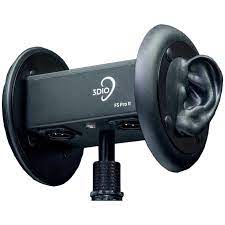
Different from our number twelve 3Dio, this 3Dio is a manufacturer of binaural microphones and accessories. Binaural audio is essential for virtual reality applications in order to fully immerse the viewer. When in VR, the audio is exactly 1/2 of the experience. 3Dio’s Omni binaural microphone captures binaural audio from 4 different binaural perspectives, allowing VR filmmakers to capture complete binaural sound in a live scene and match it up in post for fully interactive binaural audio to go along with their 3D VR film. 3Dio is soon planning to offer powerful software tools to aid in the creation of binaural audio for VR content creators.
52. Briskeye Technology
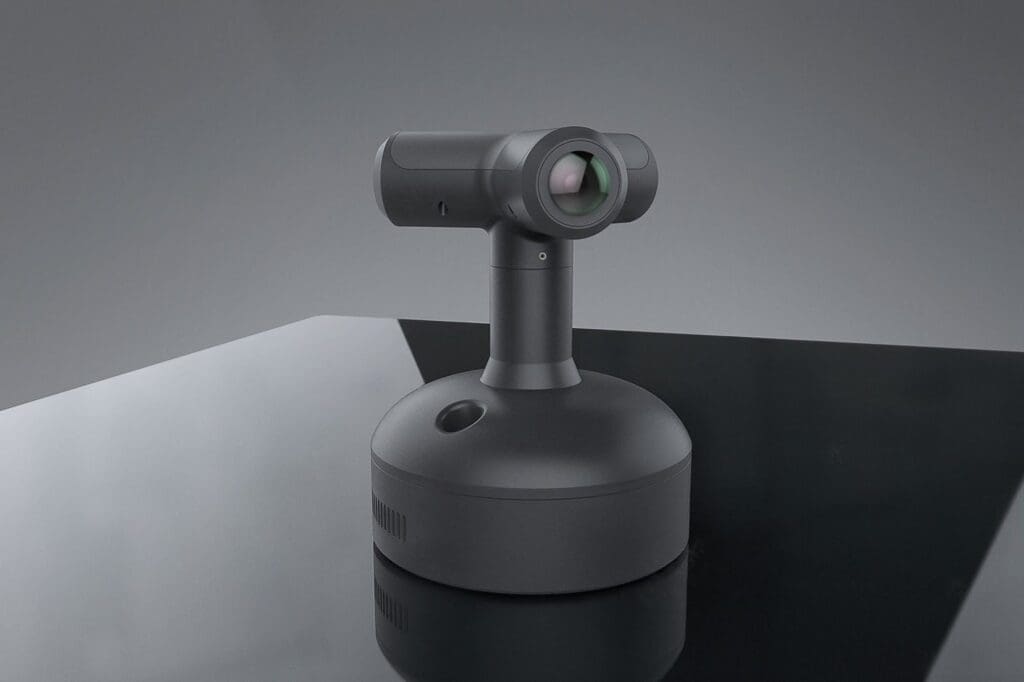
The Briskeye camera is the first camera of its size to enable live streaming of 360-degree video. It has its own software that puts together the different images from the three lenses and renders them into a single spherical image in real-time. Briskeye creates video for web-based video players, apps, and all current VR headsets. MOG has recently announced the total integration of its video cloud services and central ingest systems with Briskeye’s 360 cameras. The aim of this collaboration is to enable the user to capture 360 content and then store it on SSD (Solid State Disks) for ingestion and post-processing. The obtained 360 content will be published to the web through MOG’s Cloud Services, thus ensuring a secure and fast delivery to users on both VR headsets and seconds screens.
53. Enscape
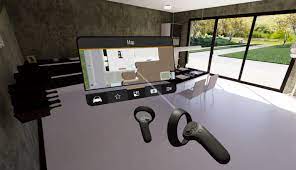
Enscape is a Revit plugin that creates a VR walkthrough with one click, based on your BIM data. There is no need to download or learn how to operate additional software. All materials, geometry, and entourage come from your Revit project and can be changed during the VR simulation. This flexibility allows spontaneous presentations with the real-time rendering quality you know from modern games but from within the architectural design workflow. Combined with the Oculus Rift, customers can virtually walk through your Enscape project and experience it as if it were already built.



